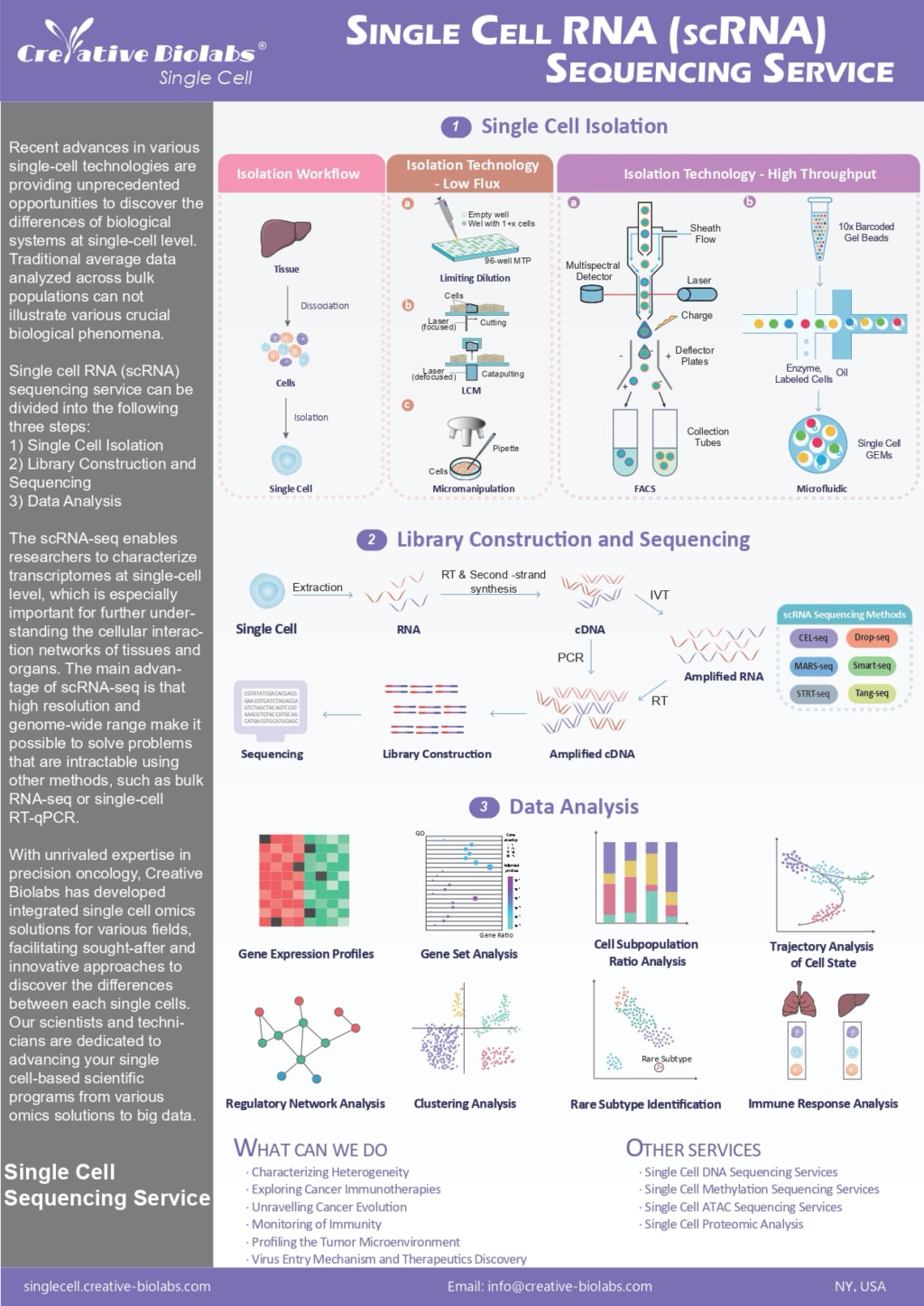Single-cell Genomics Study Elucidates Human Cytomegalovirus Infection
Single-cell Genomics Study

Infection of β-herpesvirus human cytomegalovirus (HCMV) could be life-threatening or cause life-long suffering in the majority of humans. Moreover, the viral vertical transmission during pregnancy leads to most congenital birth defects. However, treatment and prevention options currently available are extremely limited.
Cytomegalovirus (CMV) is a common virus. Once infected, your body retains the virus for life. Most people don't know they have CMV because it rarely causes problems in healthy people.
If you're pregnant or if your immune system is weakened, CMV is cause for concern. Women who develop an active CMV infection during pregnancy can pass the virus to their babies, who might then experience symptoms. For people who have weakened immune systems, especially people who have had an organ, stem cell or bone marrow transplant, CMV infection can be fatal.
CMV spreads from person to person through body fluids, such as blood, saliva, urine, semen and breast milk. There is no cure, but there are medications that can help treat the symptoms.
Challenges in Studying HCMV–host Cell Interactions
More than 235 kbp of double-stranded DNA (dsDNA) in HCMV makes the largest known genome of human herpesviruses. Besides, HCMV is similar to other herpesviruses with complicated transcriptional architecture, including alternative transcription start sites, alternative splicing events, and polycistronic transcripts. The complex transcriptional architecture enables strict temporal control of gene expression and the possibility of generating multiple distinct proteins from a single genomic locus. The complexity is further increased by host cellular heterogeneity and differences in infection kinetics, which is the main reason why most previous screens of virus–host interactions prefer to study the overall response to exclude HCMV or host factors during infection.
Update: Characterize Virus—host Interactions with Single-cell Genomics
A thorough comprehension of how viral and host factors interact and how perturbations impact infection is the foundation for designing antiviral interventions. A recent investigation conducted by the University of California, San Francisco researchers was published in Nature Biotechnology. This study initiated the first combined usage of single-cell sequencing and CRISPR-based genetic perturbation, which had been previously applied to oncogenesis study, to better understand HCMV—host cell interactions.
Single-cell CRISPR screening is a powerful technique to monitor gene expression changes in response to perturbation at a single-cell level. Single-cell CRISPR screening services now have been widely developed for researchers who focus on antiviral research in humans to potentially search for perturbed genomic elements that lead to the differential expression of genes involved in virus entry and transmission.
This scalable approach that combines CRISPR-based genetic perturbations with rich phenotypic profiling by single-cell transcriptomics is known as Perturb-seq. The Perturb-seq methodology can identify the impact of perturbations on individual gene targets, gene signatures, and cell states, as well as their genetic interactions, further determining how genetic perturbation of critical host and viral factors alters the timing, course, and progression of infection.
Researchers recorded the transcriptomes of tens of thousands of CRISPR-modified single cells and observed that, though could genetic perturbation halt, delay, or boost progression along the infection trajectory, perturbing critical host factors didn't fundamentally change the stereotypical transcriptional trajectory. It was concluded that HCMV is entirely dependent on the transcriptional and translational machinery of its host while the host gene mainly regulates the process through the deterministic infection program encoded by the viral genome.
Significance
The study of human cytomegalovirus infection using pooled CRISPR interference and nuclease screening method defined how functional viral and host factors contribute to human cytomegalovirus infection. And the first application of the Perturb-seq method in virus—host interaction characterization allows a deeper understanding of host—pathogen interactions at the single-cell level regarding other different viral, bacterial, and parasitic pathogens. Moreover, the single-cell genomics study of human cytomegalovirus infection could inspire the design of attenuated viral strains in the development of vaccine and antiviral.
Though it's not verified if this finding can contribute to other viral infection research, researchers believe that single-cell functional genomics is likely to serve for studying other viruses and can define their vulnerabilities to genetic or pharmacological interventions.





Comments
There are no comments for this story
Be the first to respond and start the conversation.